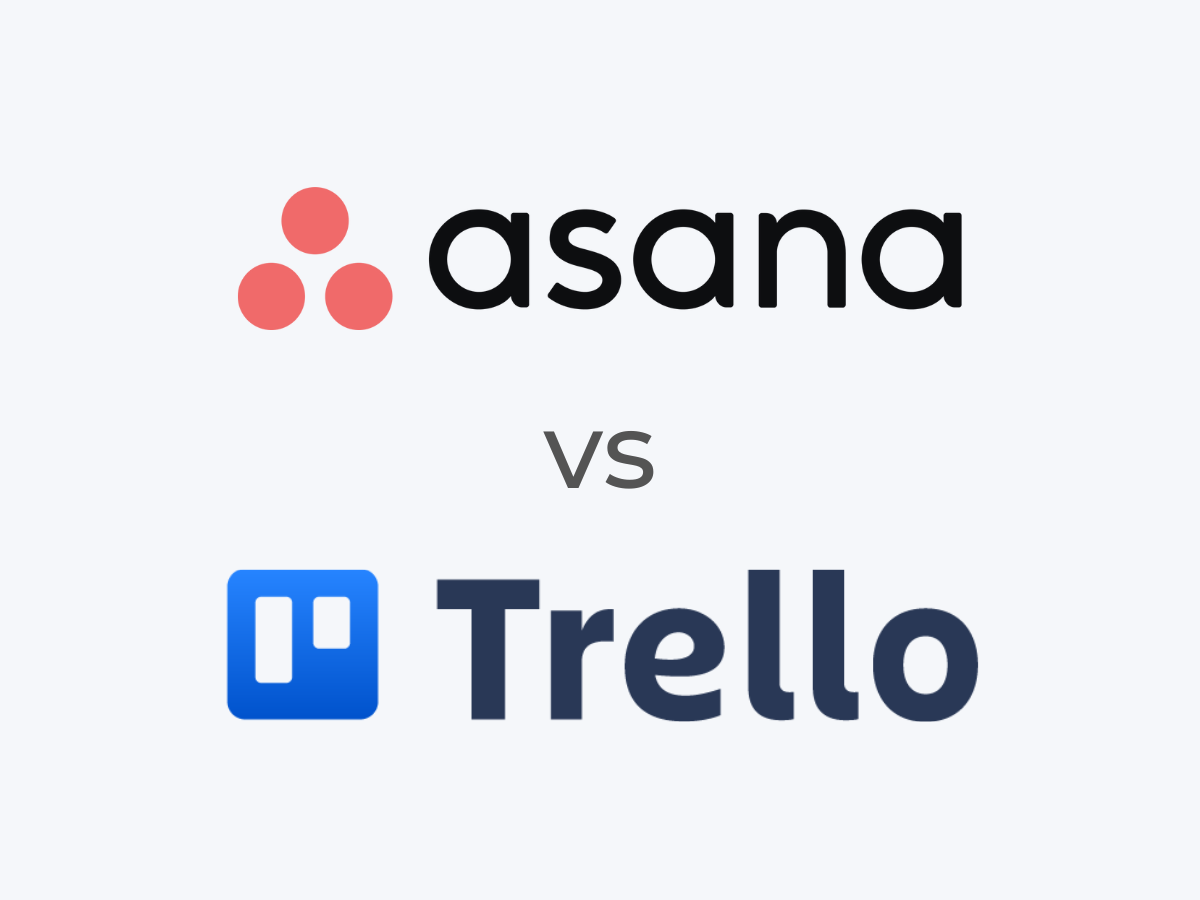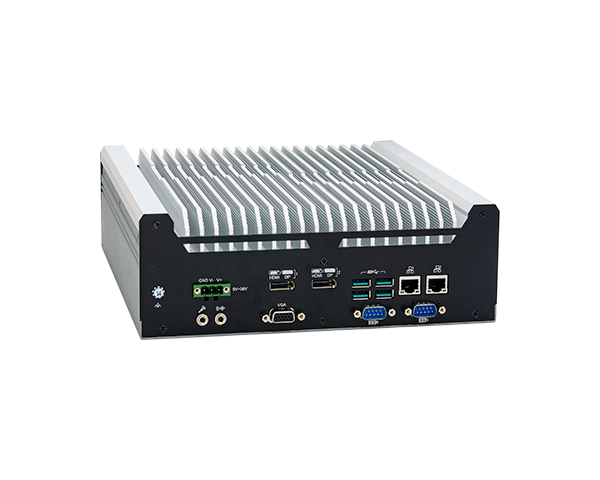Exploring the Maze: Understanding Trello and Asana Pricing


Choosing the perfect project management application can feel like traversing a maze, with endless alternatives, perplexing features, and perhaps most scary, different price tags. Trello and Asana are noteworthy candidates in this space, known for their ability to simplify workflows and increase team efficiency. But where do they stand on pricing?
Contents
- Free Forays for Everyone
- Stepping Up: Paid Plans Unveiled
- Beyond The Dollar Signs: Value in Every Tier
- Team Size Takes Center Stage
- Putting The Pieces Together
- Feature Frenzy: Diving Deeper into Trello and Asana Paid Plans
- Trello’s Power Unleashed
- Asana’s Arsenal of Organization
- Collaboration: Two Approaches, One Goal
- The Final Verdict: There is No One-Size-Fits-All
Free Forays for Everyone
The good news is that both platforms provide comprehensive free plans. The free Trello pricing plan includes limitless boards, lists, and cards, making it great for single users or small teams with basic requirements. You can interact with up to ten team members, connect files, and even automate operations using “Power-Ups” (which are rudimentary and restricted in scope).
The free Asana pricing plan is also generous, with unlimited tasks, projects, and guests (collaborators). You may create deadlines, assign tasks, and monitor project progress. However, sophisticated search, reporting, and integration capabilities are missing.
Stepping Up: Paid Plans Unveiled
Trello and Asana’s platforms provide premium levels for teams looking for further features. Trello’s Standard package, priced at $5 per user per month, includes unlimited Power-Ups, priority support, and customizable board backgrounds. The Premium subscription costs $10 per month and has endless calendar views, watchlist tools, and the ability to remove Trello branding from boards.
Asana’s Premium subscription is somewhat more expensive, at $10.99 per user each month, and includes features such as task dependencies, portfolios for viewing several projects, and forms for easier data collecting. The Business plan, which costs $24.99 per user per month, enhances these functionalities with custom fields, reporting tools, and sophisticated integrations.
Beyond The Dollar Signs: Value in Every Tier
Choosing the perfect premium plan for you is more than simply the cost. Trello’s strength is in its simplicity and visual attractiveness. The Kanban board style, with cards going through stages, is a simple and effective way to monitor progress. Its Power-Ups, while somewhat restricted, provide a level of personalization and automation.
Asana, on the other hand, focuses on solid features and precise control. Task dependencies, custom fields, and sophisticated reporting are designed to support teams with complicated processes and data-driven decision-making.
Team Size Takes Center Stage
Team size is also an important consideration. Trello’s Standard package is affordable for small teams of up to 10-15 people. Larger teams may find the lack of sophisticated capabilities and certain Power-Up constraints annoying. While Asana’s cost is slightly higher, it scales well as the team size increases. Its business plan, which includes features like user provisioning and access restrictions, is ideal for bigger enterprises with complicated project landscapes.
Putting The Pieces Together
So, who wins the price war? It’s a tie, with the caveat “it depends.” Trello is an affordable, easy-to-use interface for small, visually oriented teams. Asana excels with its extensive functionality and scalability, making it suited for bigger teams with complex processes and data analytic requirements. Ultimately, the ideal option is determined by your team’s size, budget, and desired work style.
Feature Frenzy: Diving Deeper into Trello and Asana Paid Plans
We have just scratched the surface of Trello and Asana’s pricing models. Now, it’s time to delve into the exact features of each platform’s subscription plans, allowing you to make an informed selection for your organization.
Trello’s Power Unleashed
Let’s explore the full potential of Trello’s Standard and Premium plans. The main draw of the Standard plan is the Power-Up buffet. Choose from hundreds of free and paid Power-Ups to personalize your boards and automate operations. Trello also allows you to create endless custom boards, providing you with total control over your project’s organization.
The Premium subscription enhances the experience with calendar views, watchlists for keeping track of certain cards, and the opportunity to remove Trello branding for a professional look.
Asana’s Arsenal of Organization
Regarding organizational firepower, Asana’s Premium and Business subscriptions provide ample. The Premium plan includes task dependencies, an essential feature for complicated projects where one work must be finished before the next can begin. Portfolios give a bird’s-eye perspective of all your projects, while forms simplify data collecting by removing the need for cluttered spreadsheets.
Asana Business takes management to the next level by providing custom fields for personalizing projects to your individual needs, robust reporting capabilities for data-driven choices, and advanced connections with popular platforms such as Salesforce and Google Drive.
Collaboration: Two Approaches, One Goal
Both systems thrive at collaborating, albeit in different ways. Trello encourages accessible communication with its card comments, mentions, and voting capabilities. On the other hand, Asana promotes concentrated collaboration through task assignments, chats inside tasks, and individual progress monitoring for each team member.
Finally, the optimal technique relies on your team’s communication style and desire for open discussions vs individual task ownership.
Bonus Tips for Choosing Your Champion
1. Prioritize Needs, Not Features: Don’t get overwhelmed by feature lists. Identify your team’s core needs (simplicity, visual organization, advanced workflow management) and choose the platform that aligns best.
2. Trial, Error, and Discover: Both platforms offer free trials. Use them to experiment, create your ideal workflow, and see which interface resonates with your team.
3. Budget Matters: Be realistic about your budget. Trello’s affordability might sway you if cost is a significant concern. However, if power and scalability are critical, Asana’s higher subscription price can be a worthwhile investment.
4. Remember, People Matter: Choosing a platform is just one piece of the puzzle. Invest in user training and ongoing support to ensure your team utilizes the chosen platform effectively and maximizes its potential.
The Final Verdict: There is No One-Size-Fits-All
Trello and Asana are excellent project management tools. The “best” one depends entirely on your team’s specific demands, budget, and workflow preferences. Understanding the strengths and intricacies of each platform’s premium plans allows you to confidently select the champion who will guide your team to success.
Remember that a well-managed project is more than features and pricing; it’s about empowering your team to work together successfully and produce incredible results. So, choose your weapon, delve into the realm of project management, and achieve your goals!




